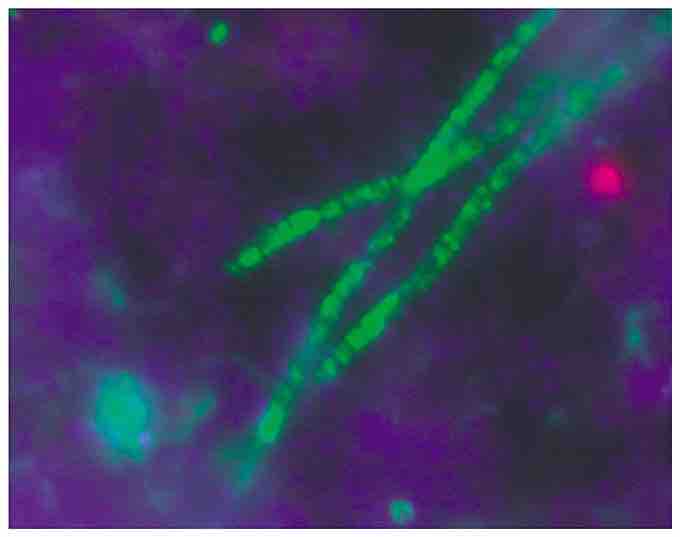Members of Acidobacteria are physiologically diverse. They were first recognized as a novel division in 1997. The members of this phylum are acidophilic, physiologically diverse, and are ubiquitous in soils. The Phylum can be further broken down in Class Acidobacteria with Order Acidobacteriales and Class Solibacteres with Order Solibacterales.
Acidophilic organisms are capable of thriving under highly acidic conditions. The ability to thrive under acidic conditions has promoted the evolution of highly efficient and effective mechanisms that lend them protection in these environments. For example, most acidophiles are able to pump protons out of the intracellular space to maintain a neutral pH within the cytoplasm. The mechanisms used to pump protons out are quick and effective. This is advantageous as the intracellular proteins are not required to develop tolerance against highly acidic conditions. However, not all members of this phylum are considered to be acidophilic.
Since they have only recently been discovered and the large majority have not been cultured, the ecology and metabolism of these bacteria is not well understood. However, these bacteria may be an important contributor to ecosystems, since they are particularly abundant within soils. The first species of this phylum, Acidobacterium capsulatum, was discovered in 1991 . Other notable species are Holophaga foetida, Geothrix fermentans, Acanthopleuribacter pedis, and Bryobacter aggregatus.

Acdiobacterium
An image of an Acidobacteria.